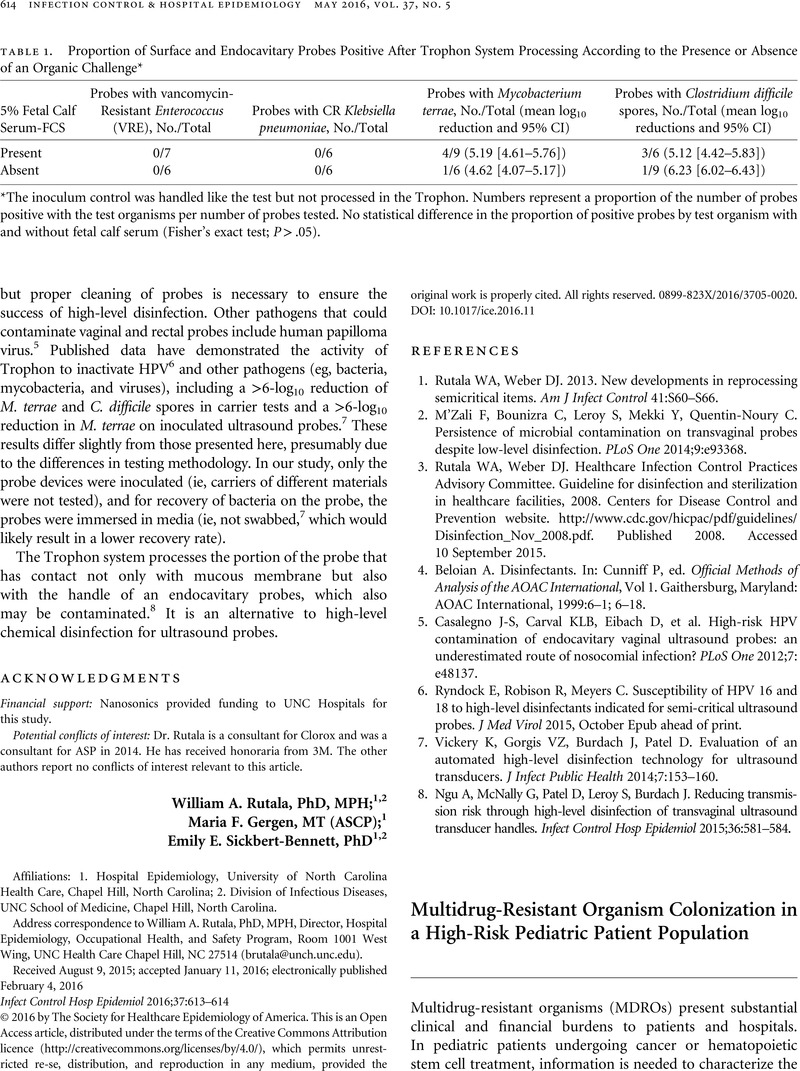Crossref Citations
This article has been cited by the following publications. This list is generated based on data provided by Crossref.
Alevizakos, Michail
Gaitanidis, Apostolos
Nasioudis, Dimitrios
Tori, Katerina
Flokas, Myrto Eleni
and
Mylonakis, Eleftherios
2017.
Colonization With Vancomycin-Resistant Enterococci and Risk for Bloodstream Infection Among Patients With Malignancy: A Systematic Review and Meta-Analysis.
Open Forum Infectious Diseases,
Vol. 4,
Issue. 1,
Reuben, Jacqueline
Donegan, Nancy
Wortmann, Glenn
DeBiasi, Roberta
Song, Xiaoyan
Kumar, Princy
McFadden, Mary
Clagon, Sylvia
Mirdamadi, Janet
White, Diane
Harris, Jo Ellen
Browne, Angella
Hooker, Jane
Yochelson, Michael
Walker, Milena
Little, Gary
Jernigan, Gail
Hansen, Kathleen
Dockery, Brenda
Sinatro, Brendan
Blaylock, Morris
Harmon, Kimary
Iyengar, Preetha
Wagner, Trevor
and
Nelson, Jo Anne
2017.
Healthcare Antibiotic Resistance Prevalence – DC (HARP-DC): A Regional Prevalence Assessment of Carbapenem-Resistant Enterobacteriaceae (CRE) in Healthcare Facilities in Washington, District of Columbia.
Infection Control & Hospital Epidemiology,
Vol. 38,
Issue. 8,
p.
921.
Elgarten, Caitlin W
Margolis, Elisa B
and
Kelly, Matthew S
2024.
The Microbiome and Pediatric Transplantation.
Journal of the Pediatric Infectious Diseases Society,
Vol. 13,
Issue. Supplement_1,
p.
S80.



